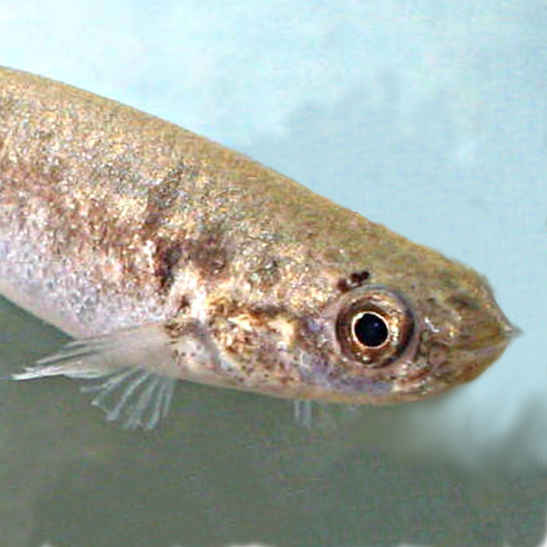Assembly
The ASM164957v1 assembly was submitted by Sungkyunkwan University on May 2016. The assembly is on scaffold level, consisting of 26,350 contigs assembled into 3,073 scaffolds. The N50 size is the length such that 50% of the assembled genome lies in blocks of the N50 size or longer. The N50 length for the contigs is 57,884 while the scaffold N50 is 2,229,659.
Gene annotation
The mangrove killifish or mangrove rivulus, Kryptolebias marmoratus (syn. Rivulus marmoratus), is a species of fish in the Aplocheilidae family. It lives in brackish and marine waters (less frequently in fresh water) along the coasts of Florida, through the Antilles, and along the eastern and northern Atlantic coasts of Mexico, Central America and South America (south to Brazil). It has a very wide tolerance of both salinity (0—68 ‰) and temperature (12–38 °C or 54–100 °F), can survive for about two months on land, and mostly breeds by self-fertilization. It is typically found in areas with red mangrove and sometimes lives in burrows of Cardisoma guanhumi crabs.The mangrove rivulus is up to 7.5 cm (3.0 in) long, but most individuals are 1–3.8 cm (0.4–1.5 in).Overall the mangrove rivulus is widespread and not threatened, but in the United States it is considered a Species of Concern by the National Marine Fisheries Service.
The gene annotation process was carried out using a combination of protein-to-genome alignments, annotation mapping from a suitable reference species and RNA-seq alignments (where RNA-seq data with appropriate meta data were publicly available). For each candidate gene region, a selection process was applied to choose the most appropriate set of transcripts based on evolutionary distance, experimental evidence for the source data and quality of the alignments. Small ncRNAs were obtained using a combination of BLAST and Infernal/RNAfold. Pseudogenes were calculated by looking at genes with a large percentage of non-biological introns (introns of <10bp), where the gene was covered in repeats, or where the gene was single exon and evidence of a functional multi-exon paralog was found elsewhere in the genome. lincRNAs were generated via RNA-seq data where no evidence of protein homology or protein domains could be found in the transcript.
In accordance with the Fort Lauderdale Agreement, please check the publication status of the genome/assembly before publishing any genome-wide analyses using these data.
More information
General information about this species can be found in Wikipedia.
Statistics
Summary
| Assembly | ASM164957v1, INSDC Assembly GCA_001649575.1, May 2016 |
| Base Pairs | 680,366,784 |
| Golden Path Length | 680,366,784 |
| Annotation provider | Ensembl |
| Annotation method | Full genebuild |
| Genebuild started | May 2018 |
| Genebuild released | Jul 2018 |
| Genebuild last updated/patched | Mar 2020 |
| Database version | 115.1 |
Gene counts
| Coding genes | 21,930 |
| Non coding genes | 347 |
| Small non coding genes | 332 |
| Long non coding genes | 3 |
| Misc non coding genes | 12 |
| Pseudogenes | 37 |
| Gene transcripts | 30,573 |
Other
| Genscan gene predictions | 39,032 |
